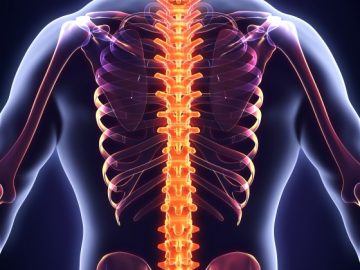Tag: pelvic pain
Where Physical Therapist for Pelvic Pain Works in Manhattan Midtown
Pelvic pain is any pain below the belly button or in the perineum. Various reasons can cause this pain: diseases of the intestines, bladder, urinary tract, kidneys, and female or male genital organs. Acute pelvic pain is a signal for urgent medical attention.
Chronic pelvic pain syndrome is chronic pelvic pain that ranges in intensity from mild to unbearably severe. Constant excruciating pain contributes to the appearance of depression, severe anxiety, and strong feelings. It can be combined with physical therapy for pelvic pain, which a physiotherapist may prescribe. Chronic pelvic pain in men and women worsens the quality of life because it lasts for a long time (from six months or more) and does not allow you to lead an everyday life.
Physical Therapy for Pelvic Pain Without Referral
The female genital organs are connected with all body systems and are mutually dependent on them. Infectious diseases and diseases of the cardiovascular, nervous, digestive, endocrine, and other techniques affect the most critical functions of the reproductive apparatus of women. Subsequently, this affects the state of the body as a whole.
Inflammatory diseases of the genital organs are detected in 60-65% of patients applying to antenatal clinics. Pathological processes in the body of women, especially gynecological diseases, often disrupt the normal position of the internal organs.
Alternative Medicine and Why Physical Therapy for Pelvic Pain Is Essential
Pelvic organ prolapse and stress urinary incontinence are often situations where patients silently live with daily discomfort, trying to “endure” the condition. In such cases, you should not be embarrassed but promptly turn to specialists for help. Pelvic organ prolapse, otherwise known as prolapse or pelvic floor dysfunction, is a situation in which the bladder, rectum, or uterus “bulges” outward through the vagina due to reduced support for the muscles, fascia, and ligaments of the pelvic floor.
Before moving on to physical therapy for pelvic pain, you need to determine the cause of the problem. There are many reasons for such violations, but the main one is increased intra-abdominal pressure. Such pressure can occur during childbirth if the patient is overweight, has a chronic cough (bronchial asthma, smoking), or is engaged in weightlifting.
Causes of Chronic Pelvic Pain: Symptoms, After Which You Should Consult a Doctor
Chronic pelvic pain is persistent or intermittent pain that is present in the pelvis in men or women for more than six months. Pain is often associated with emotional deterioration and may be accompanied by complaints about reproductive, sexual, and urinary functions. Chronic pelvic pain in urology has several forms and manifestations: painful bladder syndrome, chronic prostatitis, and chronic pelvic pain syndrome.
Pathology can occur both due to inflammatory processes and for other reasons. In men, this syndrome most often indicates the development of chronic prostatitis. In women, chronic pelvic pain typically occurs during menstruation or after intercourse. Of course, with chronic pelvic pain, you need to see a doctor (men should visit an andrologist, women—a gynecologist).



